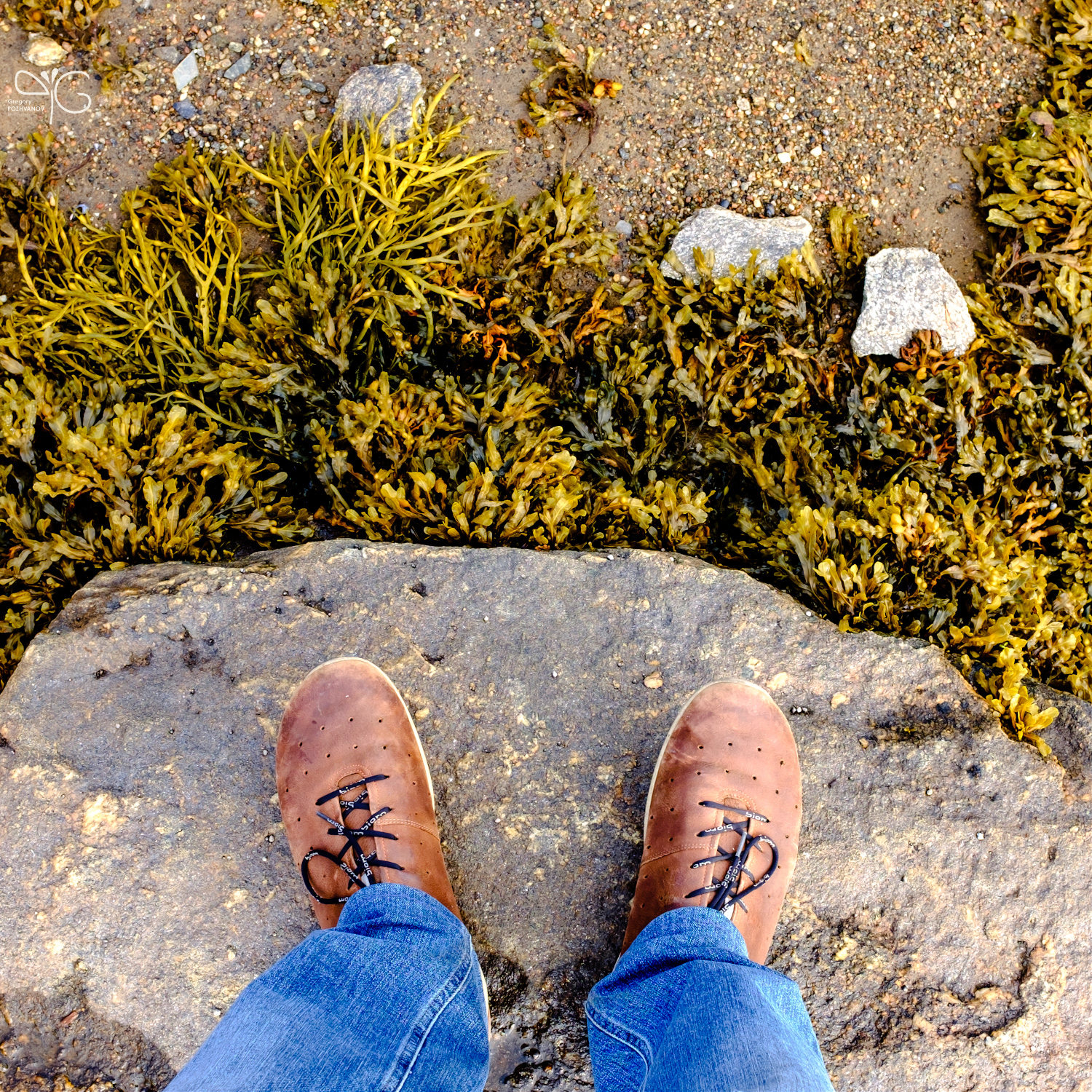Chupa, White sea, Karelia. September 2017. ??
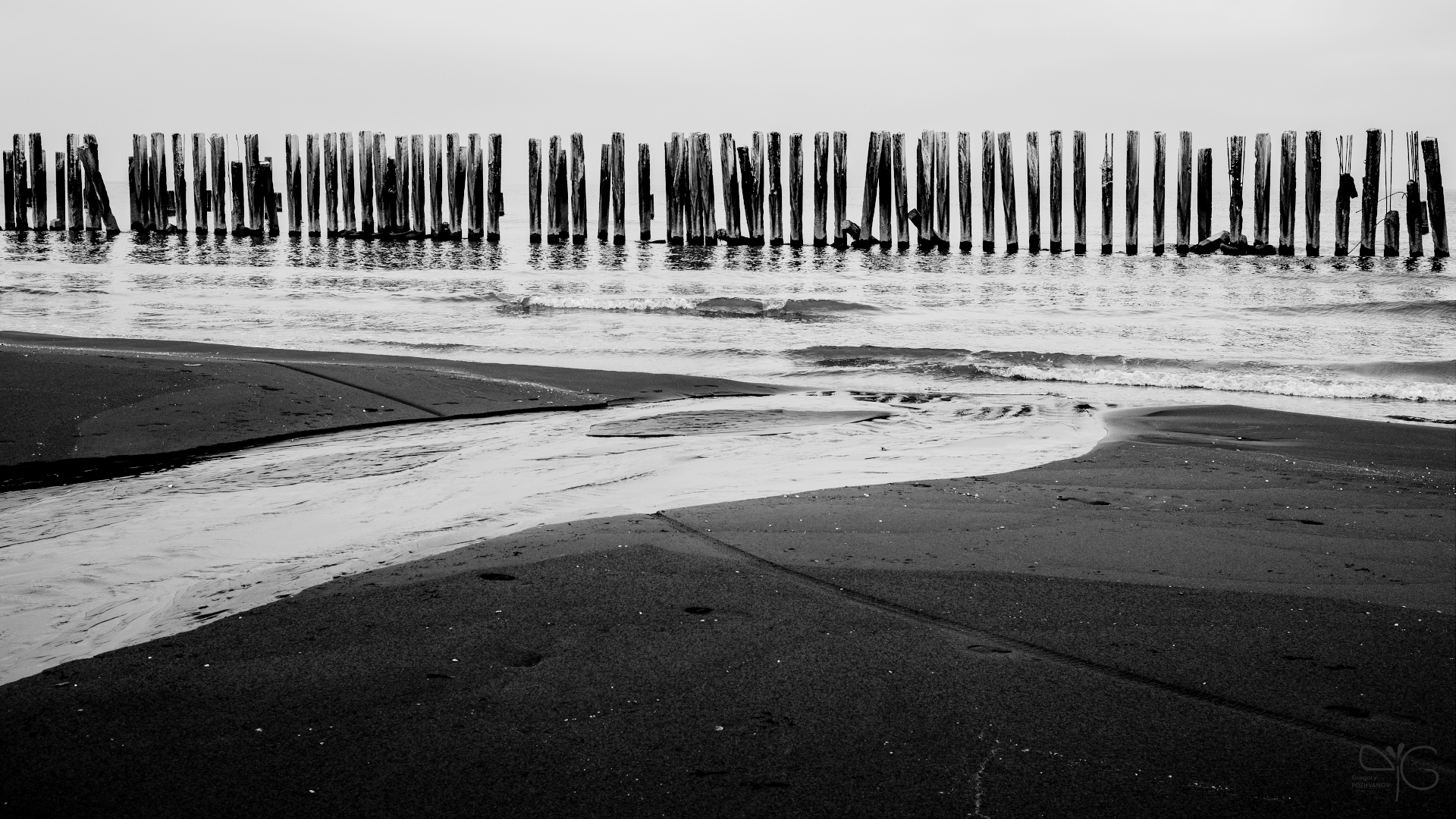
Samur forest and Caspian shore
We all could not wait the trip to Samur forest. Wildlife photographer Valery Moseykin, “Photo Expedition” leader and the author and guide of the first eco-tour in Dagestan, was talking about this wonderful forest with admiration since the very beginning. So with expectations that high, the long way from Mahachkala to Samur river actually looked not that long at all. In addition, we saw endless water space of azure and calm Caspian Sea to the left, and Caucasian foothills to the right. Finally we found ourselves at the southernmost point of Russia, almost at the border with Azerbaijan.
Looks surprising, there is an asphalt road through the south-eastern side of the Samur forest. Locals take it to get to Primorsky settlement which is in 350 meters from Azerbaijan. And this road led us right to the heart of the forest.
As soon as we got out of the car, we saw adorable orchids, a species from Orchis genus. Two other species were hiding in the forest next to the glade.
Fish breeding farm was the next stop. However, we haven′t yet got under the roof as we saw a giant emperor moth, the largest butterfly of Russian fauna. Perhaps somebody frightened it, and it started flying to find a peaceful place for a midday rest.
Then we moved right to the Caspian Sea shore. At that time, the sky began to hide behind some mist and clouds, the wind almost disappeared, and a soft tide was literally pushing Caspian out of time borders. Touching the dark-grey sand, we headed to the north to spot egrets and other wetland birds.
One can move through the forest only by roads and rare paths. There is no other way, trees and everything in between were covered with smooth and thorny lianas. These jungles, an impossible for humans to cross, are home for wild cats and jackals. By the way, their concert starts on schedule—every evening at dusk, followed by cicadas and owls. The latter is quite unusual to hear in coincidence.

Erythronium in the wilds of space-time
The Spring in Mountains of Caucasus is bright and very dynamic season. While the snow is thawing, snowdrop flowers appear above it, and other primrose species impatiently follow. When you step down on a knee, you feel admired with these graceful adder’s-tongue flowers. They silently explode like a white flock through last year’s grass together with some subtle fresh stalks. Flowers are truly lost in spring turbulence of space-time. To further underline this, I use to wait for an interesting light angle and make the picture with a vintage triplet lens from post-war Germany.
These Erythronium caucasicum species are endangered plants and belong to The Red Book. However, adder’s-tongue flowers may appear locally abundant in places which are unfavorable for agriculture and other human activities, such as these thorny thickets along a mountain slope.
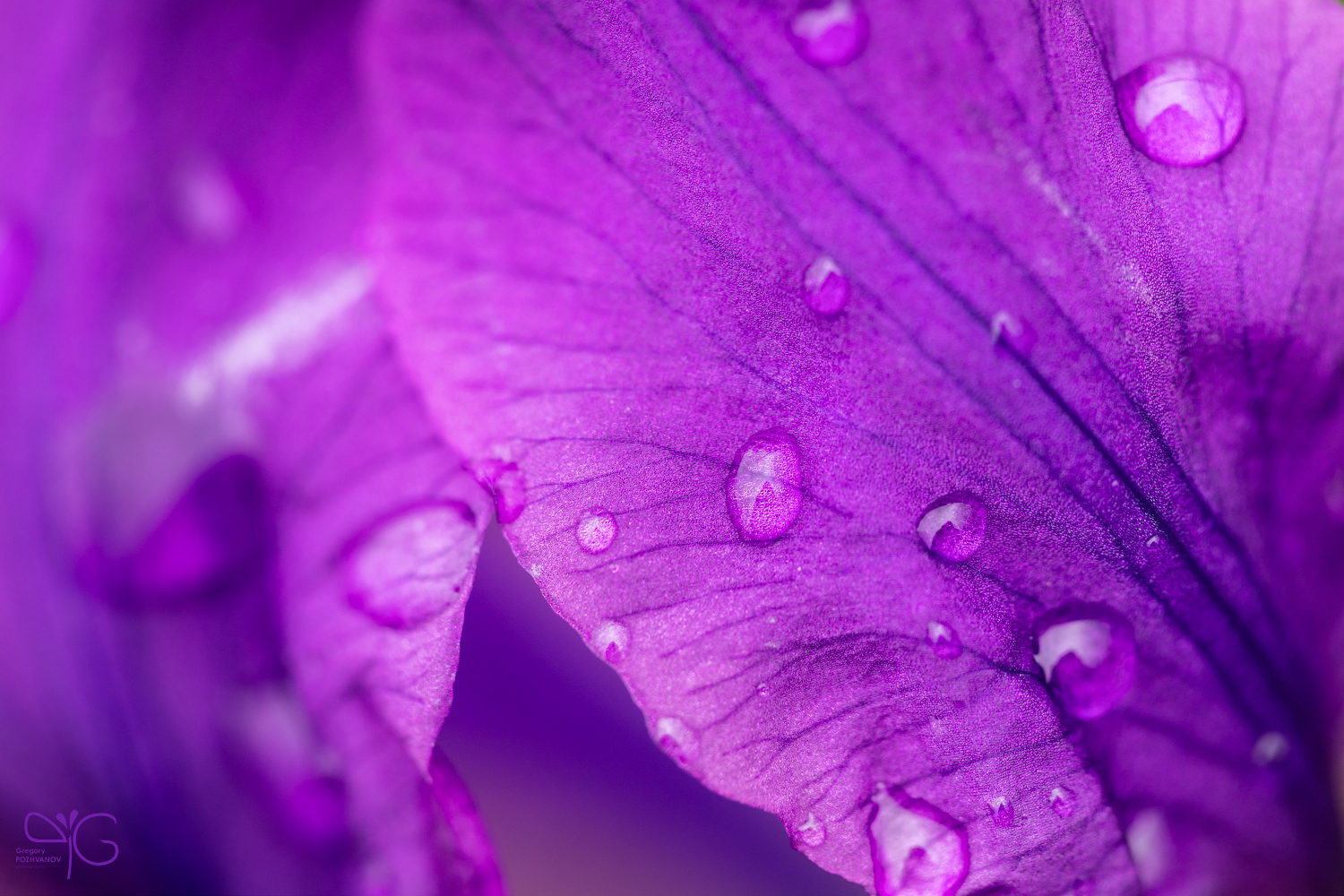
Iris flowers in Yamskaya Steppe
The great thing about places you are already familiar with is that you are always aware of what to photograph once you get there. Nevertheless, these places continue to surprise.
It was like that in Yamskaya Steppe this time. Feather grass hasn′t yet started to flower, while all the primroses were gone, but lots of splendid dwarf iris flowers appeared here and there in the steppe.
Colorless droplets after rain made fresh colors of petals look even better. Iris flowers were just perfect at sunset, sunbathing and shaking slowly after short breeze.
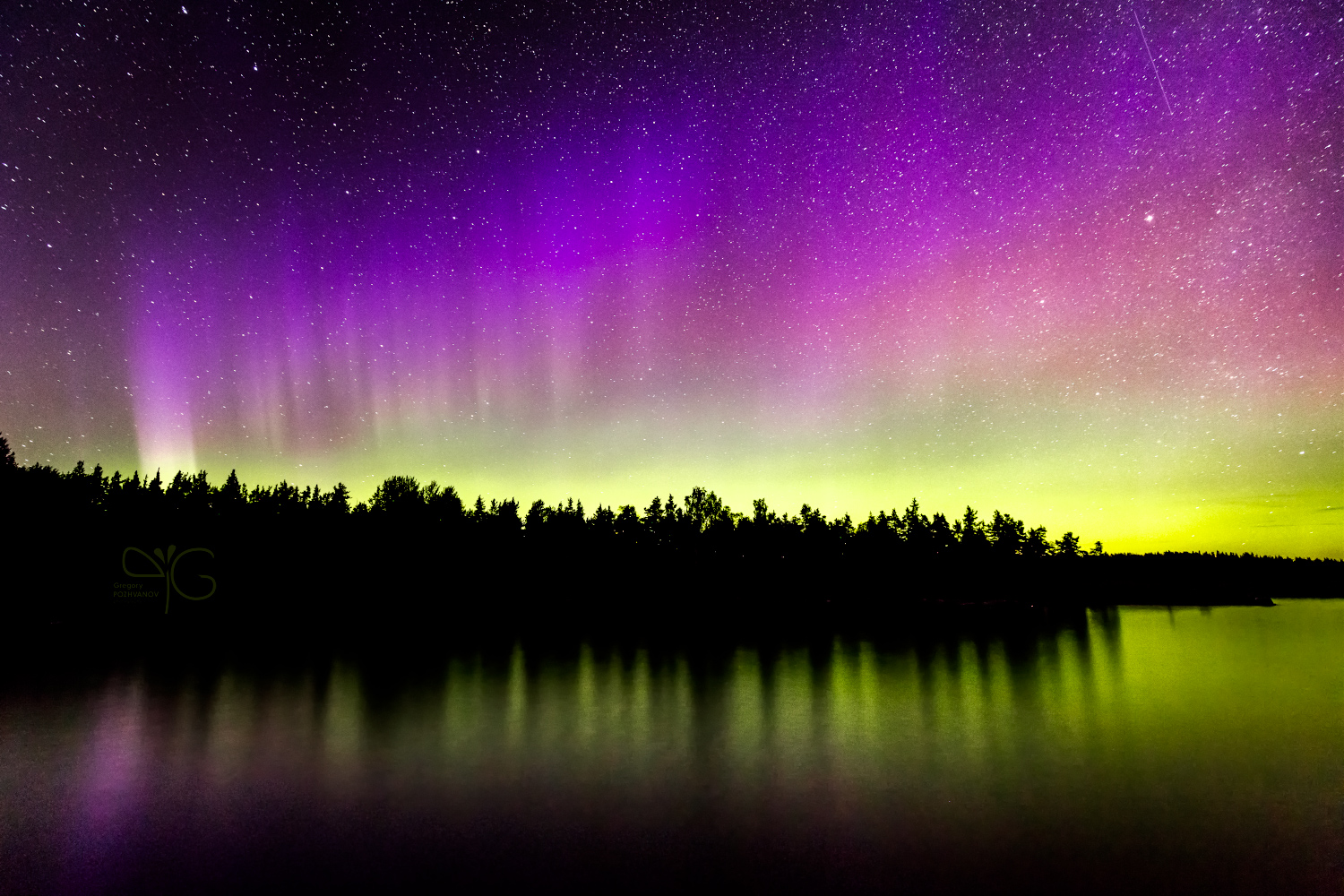
Star Sky in Karelia
Karelia never stops to excite! Even I was surprised. Northern lights above Lehtisinsaari isle, Milky Way rising between Priozersk and Kuznechnoye. Russia, Republic of Karelia, Ladoga lake, first weekend this September.
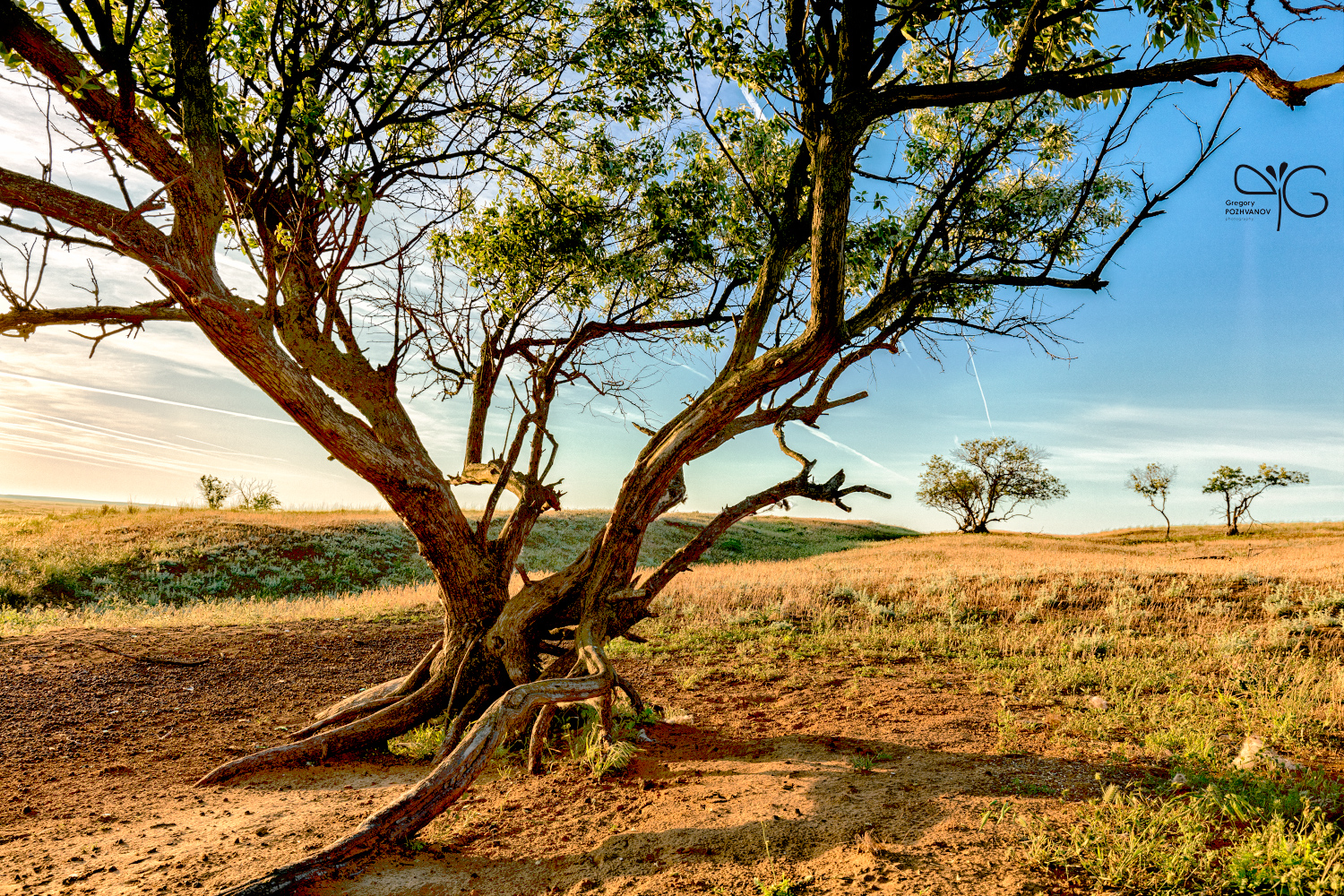
Oro
It’s morning dawn. Sun starts to climb up. The air is filled with reverberating silence. It is not just the silence, it’s like when you hear somebody, from somewhere. In addition, it smells something strange. You do not get used to it overnight sleeping in the tent. Some unusual mix of salt and organics. The landscape, absolutely flat, is seen through for tens of kilometers, if only you are not in any relief depression. These lonely trees which give a subtle shadow – seem to be the only thing that adds a diversity to the landscape. The others are at least in a few kilometers from here. Isn’t it an emptyness? True! It’s desert. Still, you feel the presence of somebody. Indeed, an amazing feeling.

Image Geotagger
The solution is made as OS X workflow and appears in Finder context menu. So it’s very easy to georeference your fresh or old images. You have not even to remember the app name 🙂
Basically, it is straightforward and self-explanatory, however, I’d comment on the workflow logic.
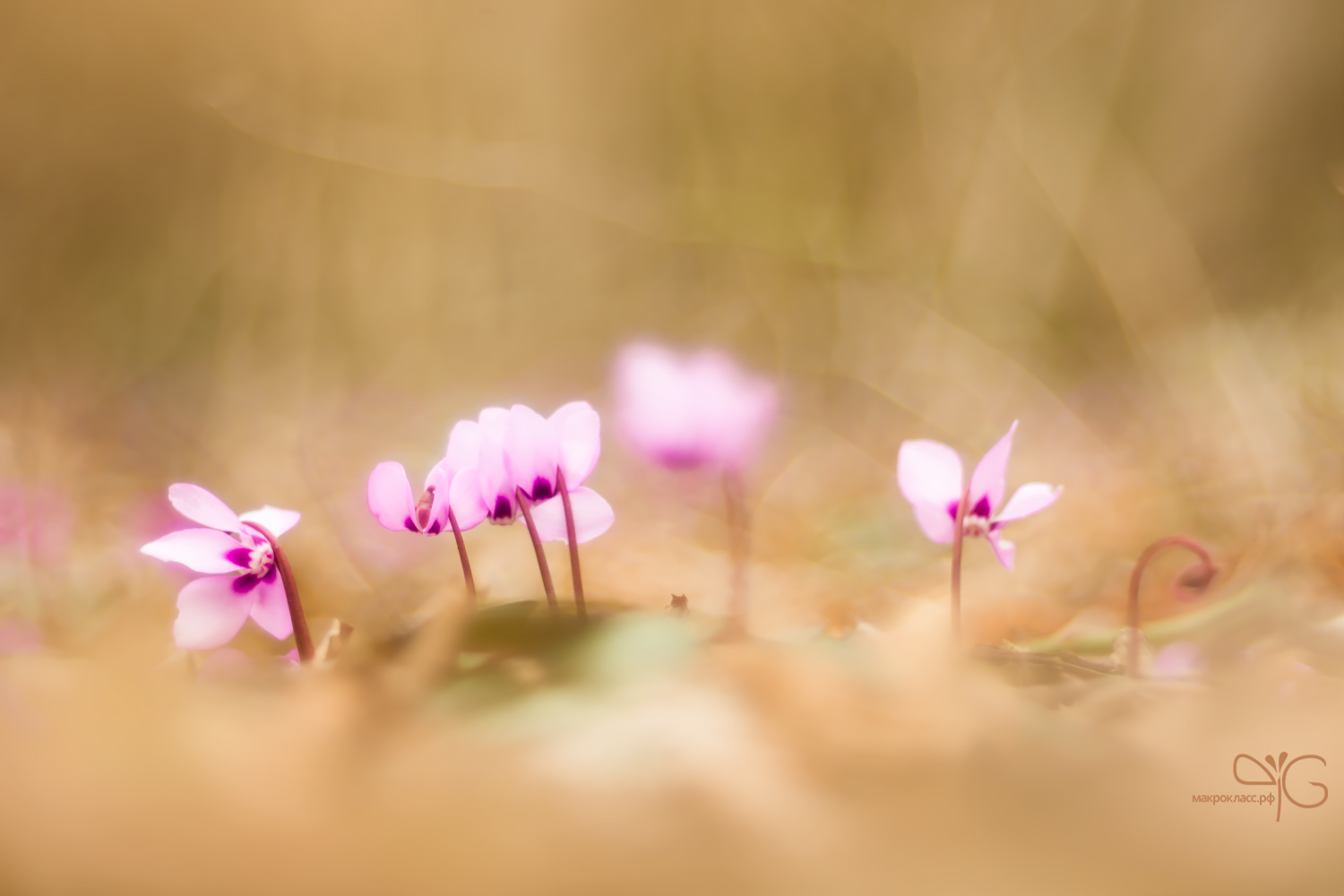
Little pink cuties at a nowhere lawn
These guys have just appeared at a lawn. Weird propeller shapes on thick stalks, nice pink color and an elusive scent—their features are pretty strange. They dance in early spring, then hide and disappear. I eager to meet them again. Until then, their music is the only thing I retain in my mind.
A.S.Adventure envelope design
A.S.Adventure envelope A.S.Adventure is Belgian chain stores of outdoor clothes and action equipment like Alpindustria, Kant or Tramontana in Saint-Petersburg.…
